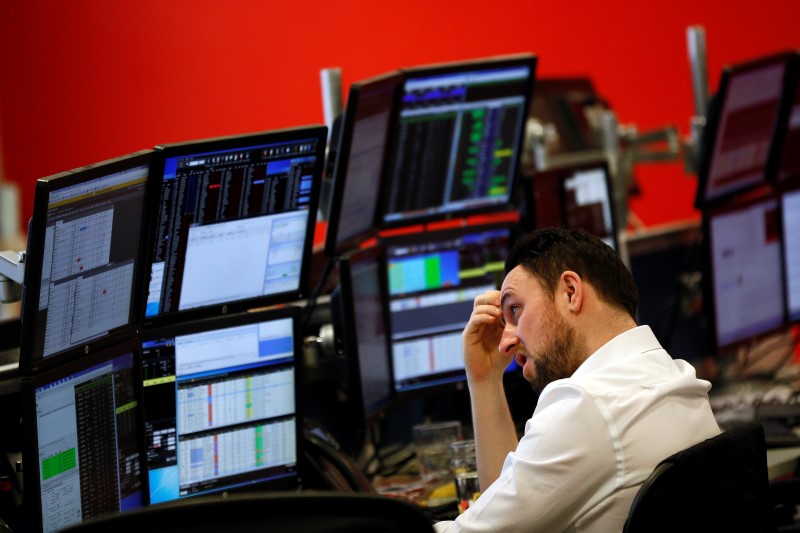Bullish indicating open at $55-$60, IPO prices at $37
JPMorgan released a report today discussing the potential effects of reciprocal tariffs on global markets, particularly focusing on Brazil and India. The firm noted that while China has been the subject of broad-based tariffs from the United States, with U.S. tariffs on Chinese goods higher than those imposed by China on U.S. goods, other large economies like Brazil and India could also be vulnerable to trade tensions.
According to JPMorgan’s analysis, neither Brazilian nor Indian markets currently show signs of excessively elevated positioning. However, the report pointed out that net long positions held by foreign investors in Brazilian equity futures, contrasted with short positions by domestic investors, could pose a risk.
In the case of India, although a significant amount of speculative net long positions in futures and foreign portfolio inflows have already unwound, the firm suggested that further reversals from offshore Indian equity ETFs could be a source of vulnerability.
The report from JPMorgan comes at a time when global trade dynamics are under scrutiny, with tariffs being a key tool in international trade negotiations. The firm’s assessment of the Brazilian market indicates a particular area of concern due to the imbalance between foreign and domestic investor positions in equity futures.
For India, the situation appears to be slightly different. JPMorgan observed that while the market had previously seen a buildup of speculative net longs, much of this has been reversed. Despite this unwinding, the potential for additional outflows from offshore Indian equity ETFs remains a concern that could impact market stability.
The analysis by JPMorgan serves as a reminder of the interconnected nature of global markets and the potential ripple effects of trade policies. As countries navigate the complexities of international trade, the positions and flows in emerging market equities such as those in Brazil and India will continue to be important indicators of vulnerability to tariff announcements and other trade-related developments.
This article was generated with the support of AI and reviewed by an editor. For more information see our T&C.
